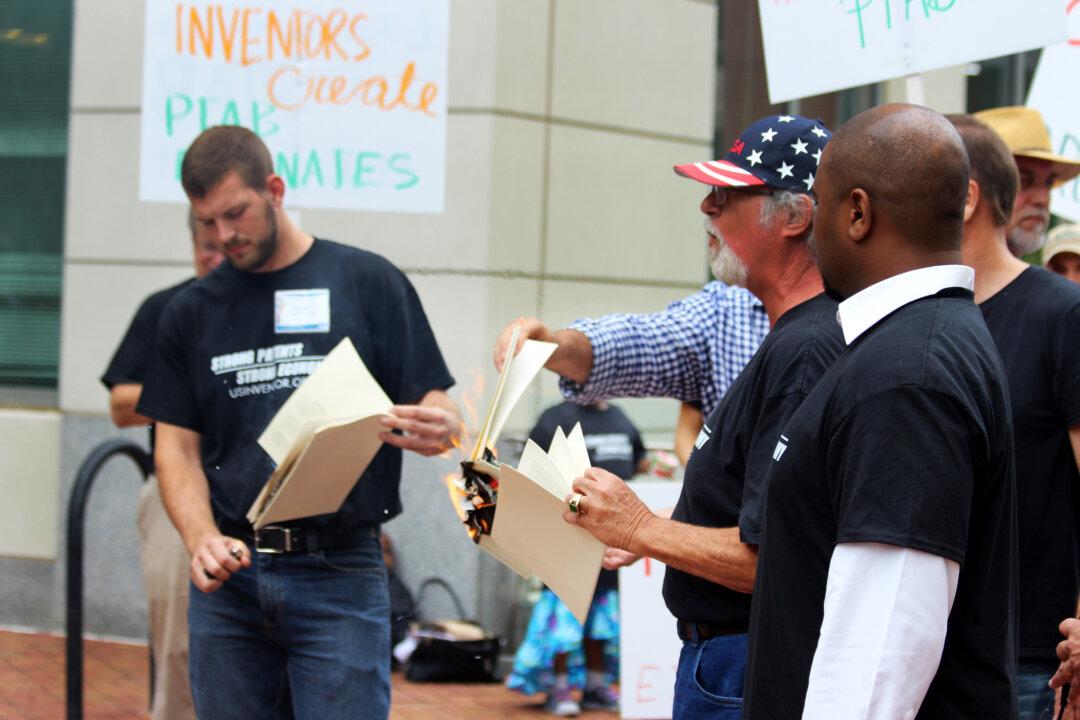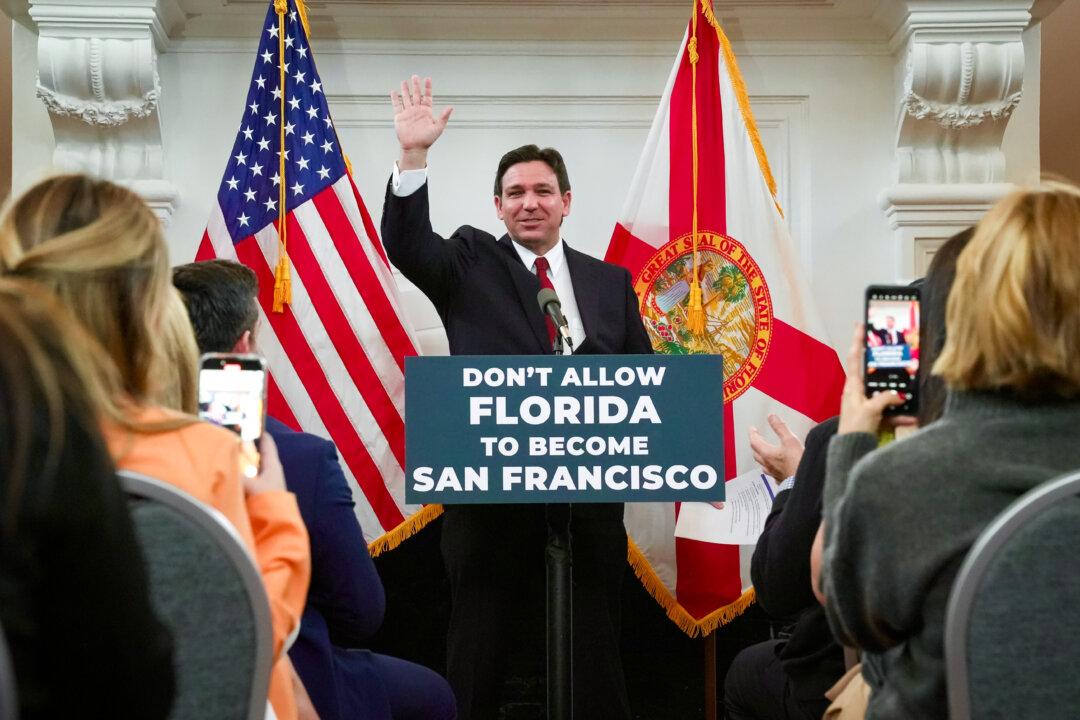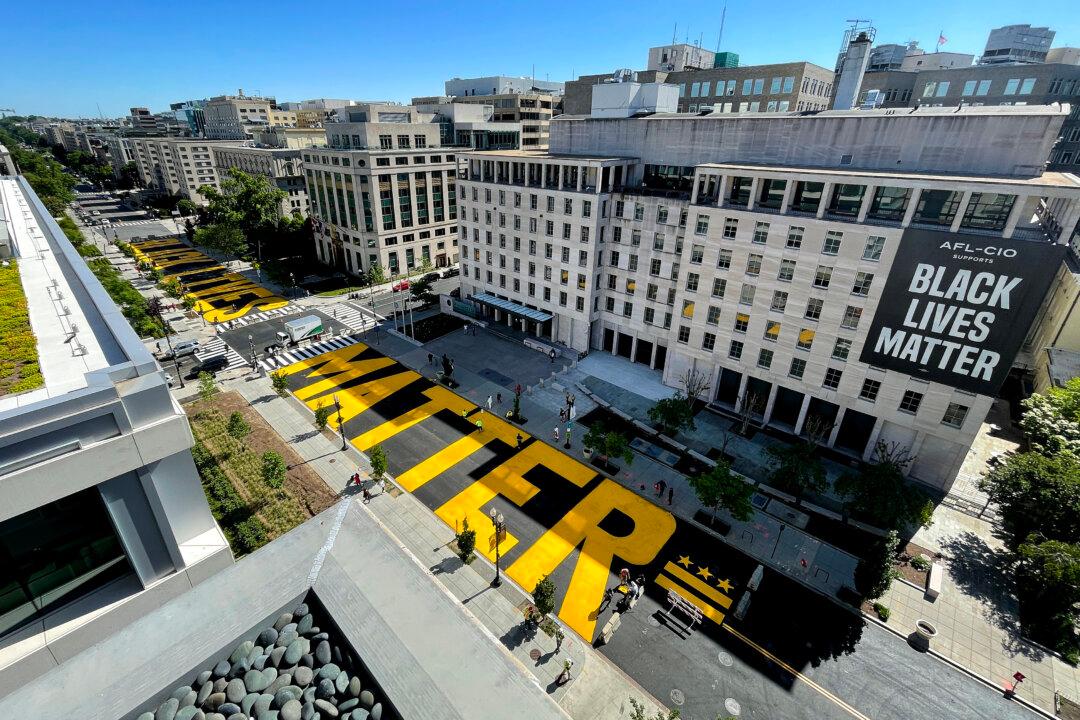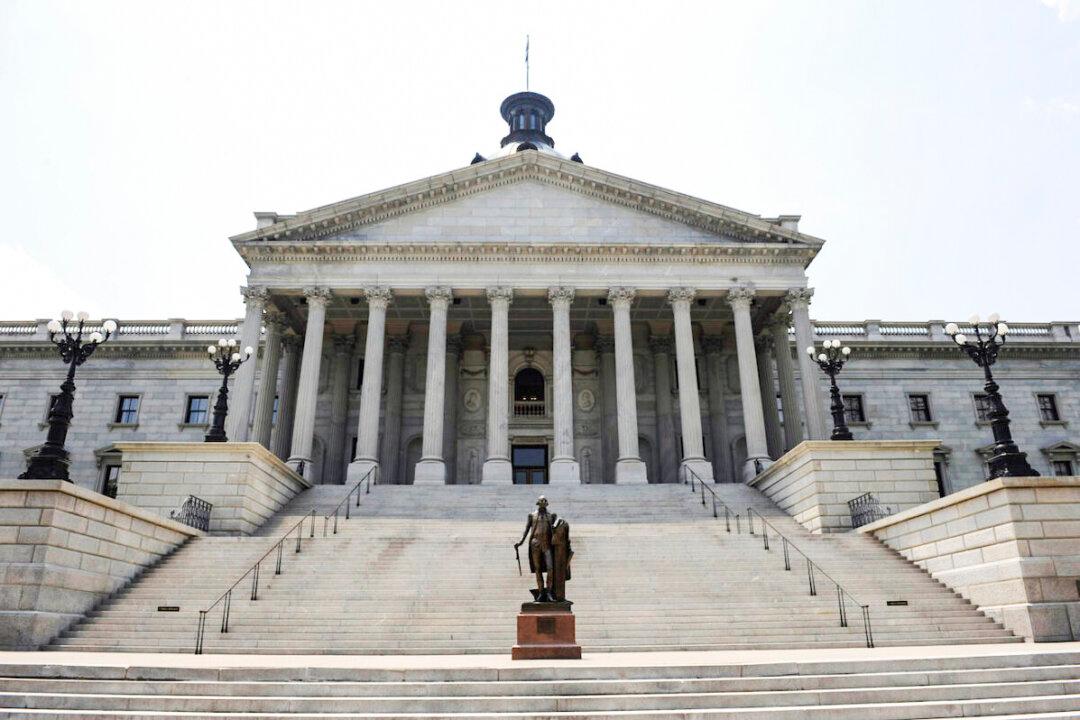The U.S. patent law system once rewarded inventors for the telephone, the lightbulb, and the airplane. But some inventors now say that the same system has turned against them.
According to them, the trouble started with the 2011 America Invents Act (AIA). Under that law, it’s cheaper to file lawsuits in a patent court to declare an inventor’s patent to be invalid than it is to pay the inventor for using their work. If an inventor creates a valuable new product or technology, this law incentivizes companies to steal their idea and bring a lawsuit to the patent office to overturn the patent.




